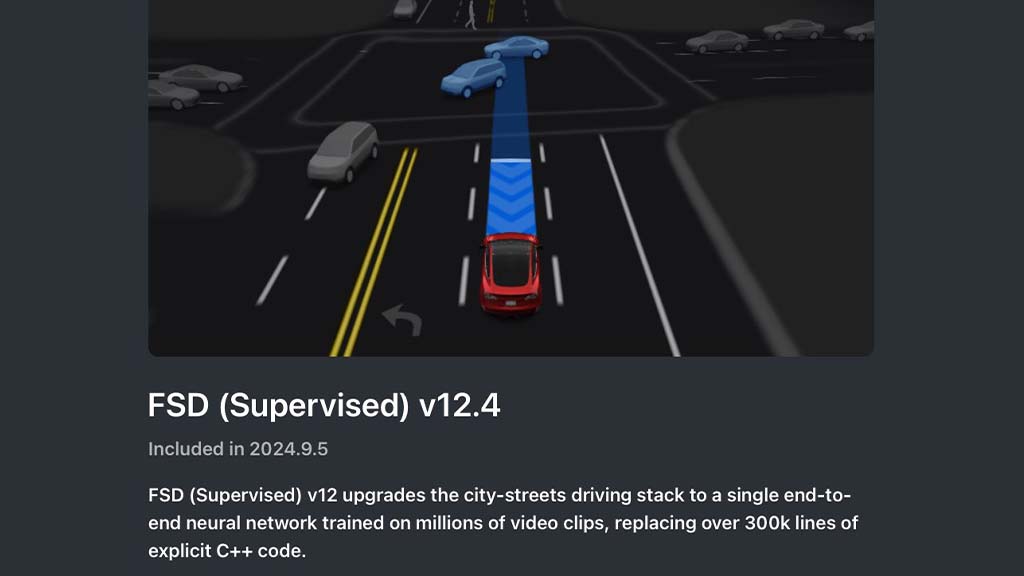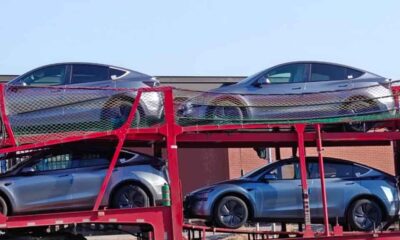Tesla
Tesla FSD 12.4 rolling out with Vision Driver Monitoring System

Tesla is rolling out Full Self Driving (FSD) version 12.4 for employees and it comes with a new Vision based system to resolve uncertain wheel nag.
This new FSD version is spotted with software build 2024.9.5. The company has been testing FSD 12.3 for the past four months and now the FSD development has entered the 12.4 branch.
For the next few weeks, Tesla will test this new FSD internally and drive it thoroughly before releasing it to public subscribers. Despite its limited release, the software has a new and interesting capability called the “Vision-based Attention Monitoring” system.
Here’s the official description of the Vision-Based Attention Monitoring System.
“When Full Self-Driving (Supervised) is enabled, the driver monitoring system now primarily relies on the cabin camera to determine driver attentiveness. This enhancement is available on vehicles equipped with a cabin camera and only when the cabin has clear and continuous visibility of the driver’s eyes (e.g., the camera is not occluded, there is sufficient cabin illumination, and the driver is looking forward at the road ahead and not wearing sunglasses, a hat with a low bring, or other objects covering the eyes).
Outside of these circumstances, the driver monitoring system will continue to rely on a combination of torque-based (steering wheel) and vision-based monitoring to detect driver attentiveness.
If the camera detects the driver to be inattentive, a warning will appear. The warning can be dismissed by the driver immediately reverting their attention back to the road ahead. Warnings will escalate depending on the nature and frequency of detected inattentiveness, with continues inattention leading to a Strikeout.
Cabin camera images do not leave the vehicle itself, which means the system cannot save or transmit information unless you enable data sharing.”
Wheel Nag
This feature will help to improve the driver attention monitoring system and will not solely rely on wheel wheel torque to determine a driver’s attention. It could help to reduce those attention warnings better than before.
$TSLA
FSD v12.4 will arrive soon! (I hope so!) pic.twitter.com/SJLNtQw3WN— Tsla Chan (@Tslachan) May 20, 2024












